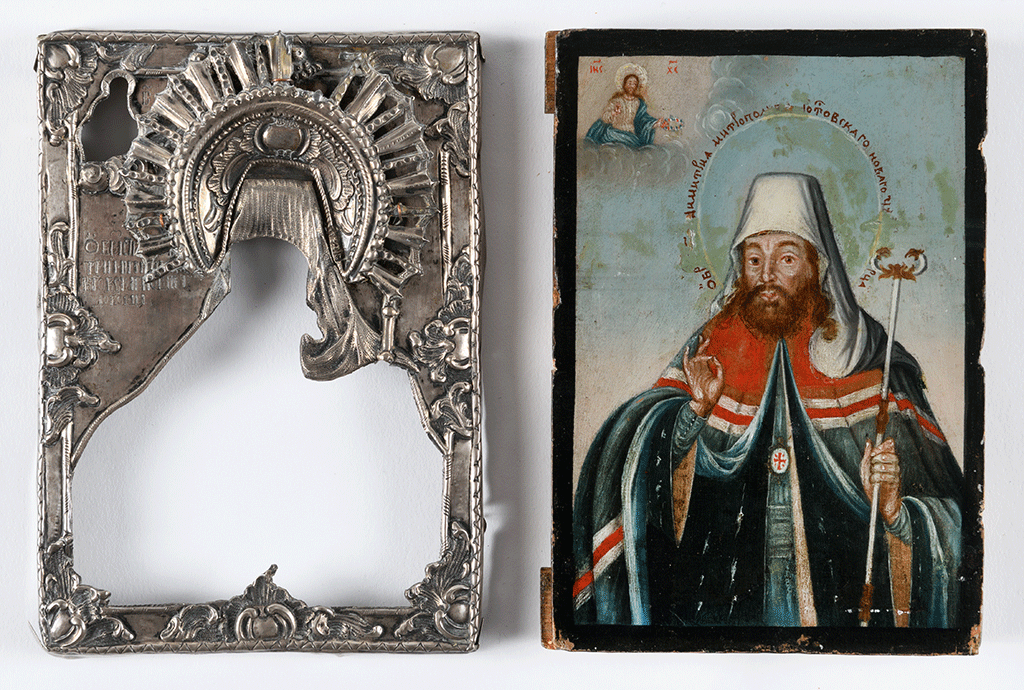Russian Winter Weekend | Icons in the Dorich House Museum Collection

RUSSIAN WINTER WEEKEND | ICONS IN THE DORICH HOUSE MUSEUM COLLECTION
As part of this year’s Russian Winter Weekend we have added new photography of our fascinating collection of icons to the museum’s collections pages for you to enjoy.
Icons were used as devotional objects in the Orthodox Greek Church from around the seventh century and in Russia from 988 when the country adopted the Eastern Orthodox faith. Until the early twentieth century icons were viewed simply as religious objects and had a rich history of craft production. As sacred objects they were conventionally unsigned. This started to change as icons began to be viewed, valued and collected as art objects.
Icons formed an important part of the domestic setting created by Dora Gordine and Richard Hare at Dorich House from the 1930s and were one of Hare’s major collecting interests. His illustrated guide to Russian Art, The Art and Artists of Russia, which drew on objects from the couple’s collection, began with a chapter on icons and the Byzantine tradition. When Dora Gordine died in 1991 there were around sixty icons in the collection. In the years that followed, much of Gordine and Hare’s art collection was sold at auction to support the renovation of Dorich House. Among the items sold were forty-two icons of Greek and Russian origin, dating mainly from the 19th Century. A further twenty were retained for display at Dorich House and now form part of the museum’s permanent collection. These are principally of Russian origin and date from the 17th century to the early 20th century.
Most are painted on panels of seasoned wood and several are presented in a special form of decorative and protective setting known as an oklad or riza. Early oklads used thin stamped sheets of metal (basma) positioned around the edge of an icon to form a frame. From the 17th century icons were often covered by a single piece of chased metal that obscured much of the painted icon, typically leaving the face and hands exposed. Some were made of precious materials such as gold or silver and others of more simple materials. You can see the full Dorich House icon collection here.
Explore Further:
– Oleg Tarasov, Icon and Devotion. Sacred Spaces in Imperial Russia, translated and edited by Robin Milner-Gulland, Reaktion Books, 2002.
– Alfredo Tradigo, Icons and Saints of the Eastern Orthodox Church, Getty Publications, 2006.
– Wendy Salmond, Russian Icons at Hillwood, Hillwood Museum, 1998.
– Andrew Spira, Avant-Garde Icon: Russian Avant-garde Art and the Icon Painting, Lund Humphries, 2008.
– Also recommended are the research resources at The Museum of Russian Icons

